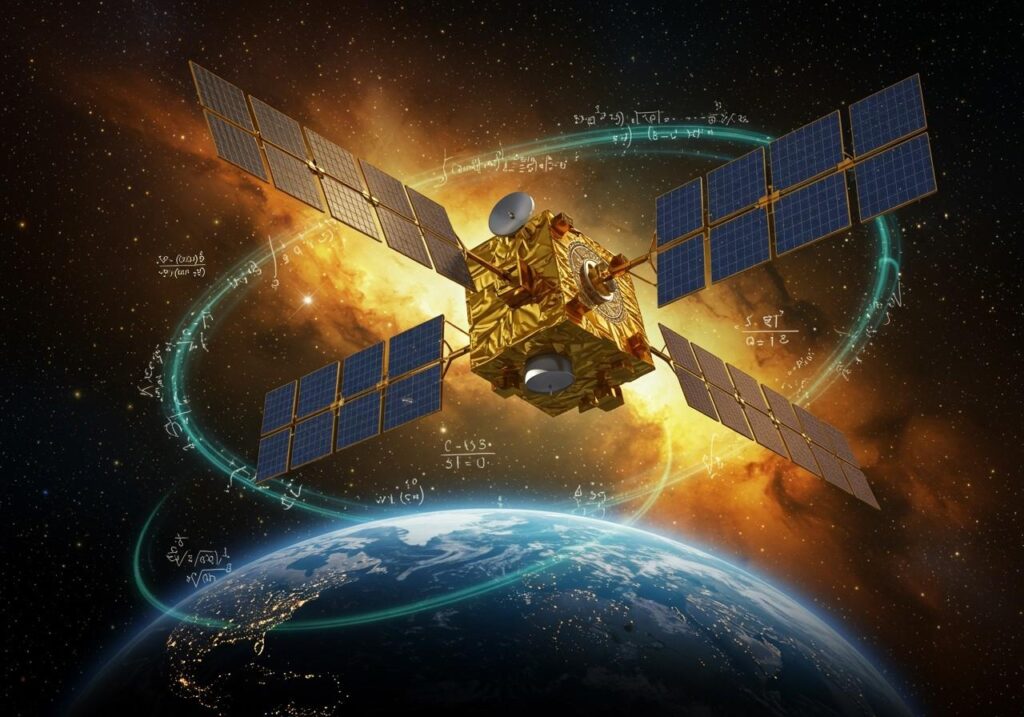
Introduction: A Historic Milestone
On April 19, 2025, India commemorated the 50th anniversary of Aryabhata, its first satellite, marking a significant milestone in the nation’s space exploration journey. Launched on April 19, 1975, from the Soviet Union’s Kapustin Yar launch site, Aryabhata was a pioneering effort by the Indian Space Research Organisation (ISRO). Weighing 360 kg, it was designed to conduct experiments in X-ray astronomy, aeronomy, and solar physics, showcasing India’s emerging capabilities in space research.
Mission Overview and Scientific Objectives
Aryabhata’s primary mission was to advance scientific understanding in three key areas: solar physics, X-ray astronomy, and aeronomy. Equipped with instruments to measure solar X-rays and cosmic X-ray sources, it aimed to study the Sun’s behavior and the Earth’s ionosphere. Despite facing challenges, including a power failure that halted experiments after four days, Aryabhata’s brief operational period provided valuable data, contributing to the foundation of India’s space science endeavors.
Scientific Contributions and Legacy
One of Aryabhata’s notable achievements was its X-ray observations of cosmic sources GX17+2 and GX9+9, conducted using the onboard proportional counter telescope. These observations, published in Nature in 1976, marked India’s entry into the field of X-ray astronomy and laid the groundwork for future research in this domain. Additionally, Aryabhata’s solar physics experiments offered insights into solar radiation, enhancing understanding of solar phenomena and their impact on space weather.
Challenges and Resilience
The mission faced significant challenges, including a power failure that led to the cessation of experiments after four days. However, the satellite’s mainframe remained active until March 1981, and it re-entered Earth’s atmosphere on February 10, 1992, after nearly 17 years in orbit. Despite its limited operational time, Aryabhata’s resilience and the data it provided were instrumental in shaping India’s future space missions.
Advancements in Solar and X-ray Astronomy
Building on Aryabhata’s legacy, India has made significant advancements in solar and X-ray astronomy. The Aditya-L1 mission, launched in 2023, is India’s first dedicated space-based solar observatory. Equipped with the Solar Ultraviolet Imaging Telescope (SUIT), it captures high-resolution images of solar flares, enhancing understanding of solar activities and their effects on Earth. Additionally, the upcoming X-ray Polarimeter Satellite (XPoSat) aims to investigate the polarization of X-rays from cosmic sources, adding a new dimension to India’s capabilities in X-ray astronomy.
Conclusion: A Vision Realized
The 50th anniversary of Aryabhata serves as a testament to India’s vision and commitment to space exploration. From its modest beginnings with Aryabhata to the sophisticated missions of today, India has established itself as a significant player in global space research. The journey of Aryabhata not only reflects technological progress but also symbolizes the spirit of innovation and perseverance that continues to drive India’s space endeavors.








































Leave a Reply